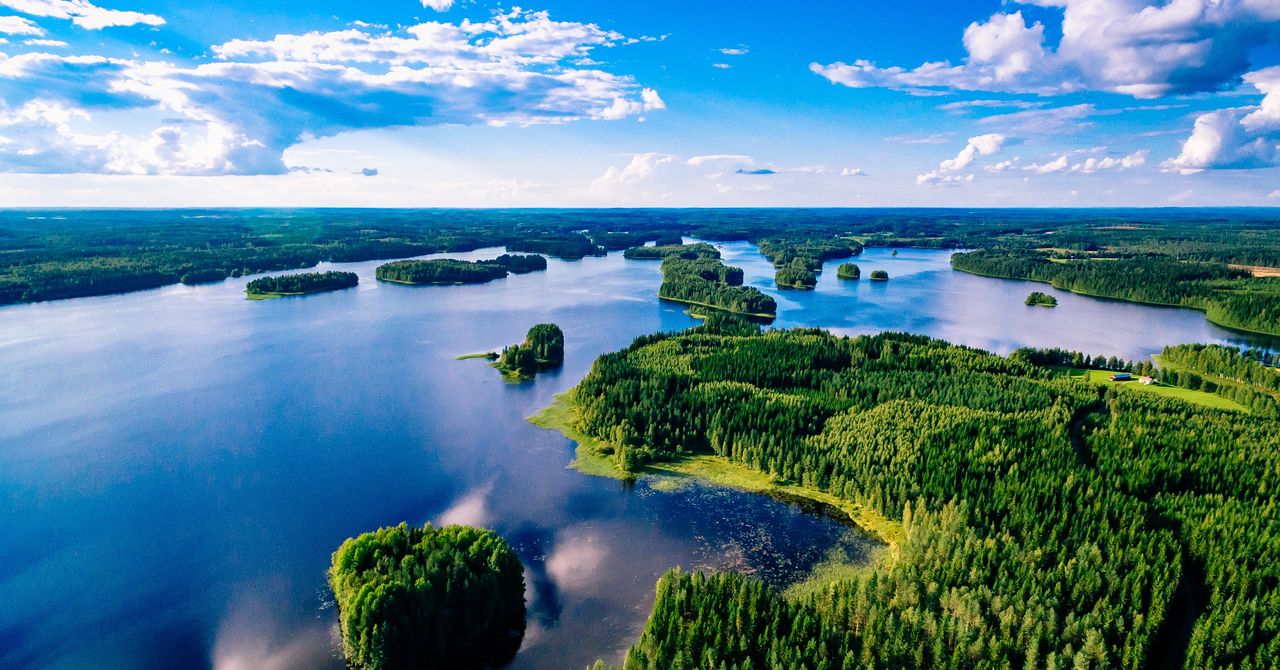
Together with his colleagues, Jinshan Pan, a professor of corrosion science at KTH Royal Institute of Technology in Sweden, published a study in January 2023 devoted to the risk of sulfides in groundwater corroding the copper used for spent nuclear fuel containers. “More work is needed to define […] the nature and chemistry of the surface films that develop on copper surfaces in repository conditions,” the paper says.
While Posiva Oy looks like it may have the first functioning repository, other countries are following its lead. Neighbouring Sweden is also preparing to start work on its own repository, which is intended to contain up to 12,000 metric tons of Swedish spent nuclear fuel. It is expected to extend over 60 kilometers of tunnel once it is finished, at a depth of 500 meters. It is a major work that has been on the drawing table for 40 years and obtained its necessary environmental permits for construction only a few months ago. Construction could start within the next decade and would continue until the 2080s, with this repository’s underground space gradually extending—provided an appeal made by the Office for Nuclear Waste Review, a Swedish NGO, does not slow or halt the work. Concerns about the Swedish project are the same as with the Finnish one: danger of corrosion of the copper canisters, possibly resulting in the release of radioactive elements into the groundwater.
On the other side of the Atlantic, Canada is also planning to build a storage facility. The repository doesn’t exist yet, but the path forward appears relatively free of obstacles—at least there are no apparent legal ones. After 14 years of dialog and debates, the relevant bodies and citizens have selected a host site within the Township of Ignace, Ontario, part of the indigenous community the Wabigoon Lake Ojibway Nation. Both the town and nation were open to the project, seeing it as a source of investments and new jobs.
France and Switzerland are also working on projects, gradually making progress, even if much of it is a matter of getting over bureaucratic hurdles. In the Meuse region of northeastern France, field work on the Cigéo project could begin in 2027 now that it has received a positive assessment of its soundness. The implementing company Andra has been authorized to continue with plans, providing it gives greater consideration to the potential impact of climate change on the aboveground structures.
It has taken Switzerland’s national radioactive-waste-disposal cooperative, Nagra, 14 years to decide where to locate its storage facility. It has chosen to build its repository north of Zurich, in Nördlich Lägern, because it is an area particularly rich in very compact opaline clay, which is perfect for acting as a long-term container for radioactive materials. (Finland’s site is also rich in this material.) Final approval is expected around 2030, subject to a referendum, and the repository should start to operate by 2060.
Finally, Italy is considering 51 sites that could potentially be suitable to host a repository for nuclear waste storage. These plans were first drawn up in 2015 and then published in December 2023. The government has since decided to reopen the application process to accommodate new applications. In the meantime, radioactive waste in the country remains stored in temporary repositories at the sites of decommissioned nuclear power plants, nuclear research facilities, and nuclear medicine and industry locations.
This story originally appeared on WIRED Italia and has been translated from Italian.
Services Marketplace – Listings, Bookings & Reviews
